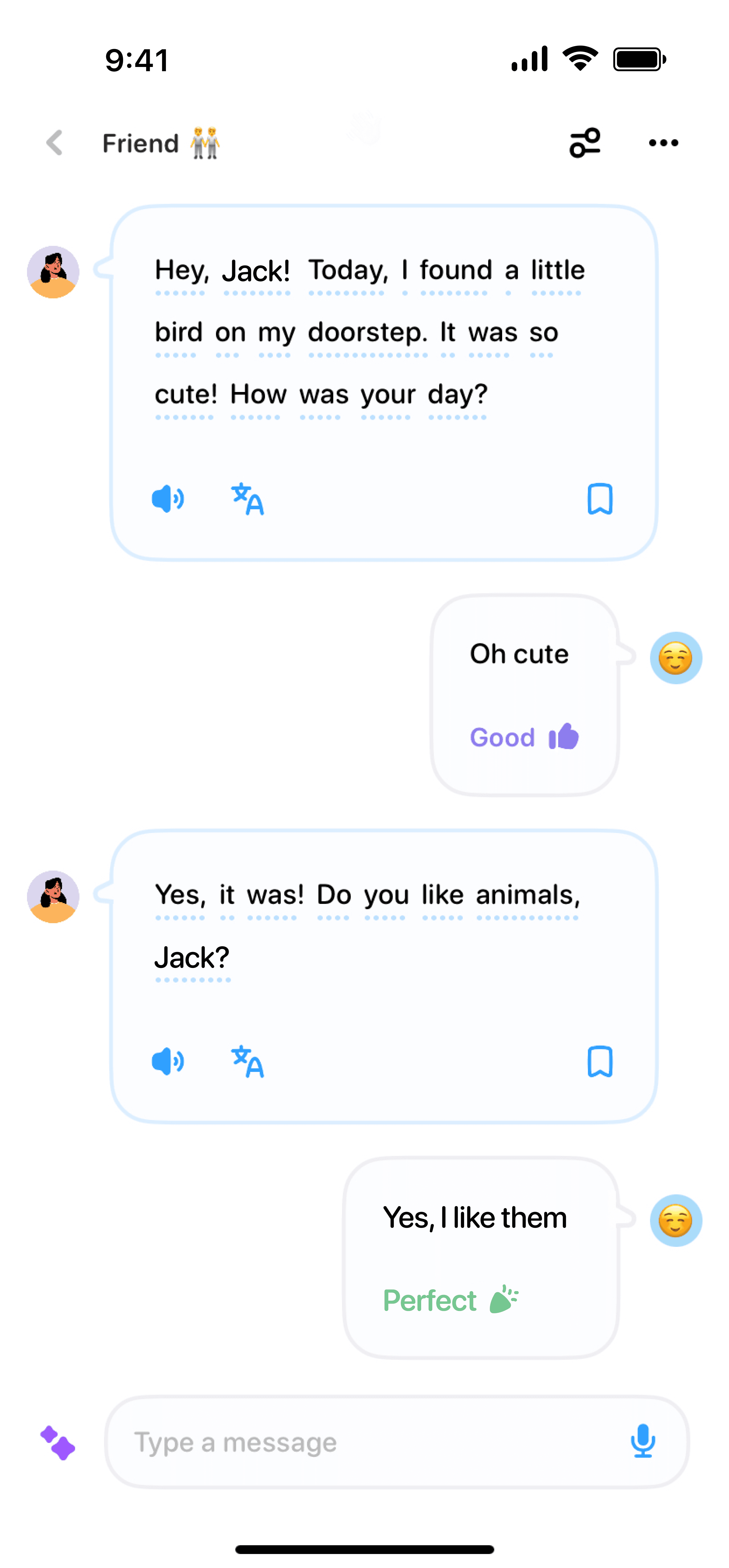06/29/2024
·
Emma Robbie
In recent years, Artificial Intelligence (AI) has made significant leaps, impacting various industries. One such advancement is the development of AI transcription apps. These tools are quite literally changing the way we consume news and media. In this blog post, we’ll explore how AI transcription apps are revolutionizing the media landscape and making information more accessible to everyone.
What Are AI Transcription Apps?
AI transcription apps are software tools that use artificial intelligence to convert spoken words into written text. Think of them as modern-day stenographers, but much faster and way more efficient.
How Do They Work?
These apps leverage advanced algorithms and machine learning to understand and process human speech. They can transcribe everything from interviews and podcasts to live news broadcasts and video content. With continuous learning, they get better with time, improving accuracy and understanding various accents and dialects.
Accessibility and Convenience
Imagine a world where you can "read" a podcast or "watch" the news as text at your convenience. AI transcription apps make it possible.
Breaking Language Barriers
Many transcription apps now offer multi-language support, making news and content accessible to a global audience. This democratization of information allows non-native speakers to engage with content they could otherwise struggle to understand.
Improving Accessibility for All
For individuals with hearing impairments, AI transcription apps provide a vital link to the world of spoken media. They can now read transcripts of audio content that they would typically miss out on.
Boosting Efficiency for Professionals
Journalists, content creators, and media professionals can significantly benefit from AI transcription apps.
Faster Turnaround Time
Time is crucial in the media industry. AI transcription tools can transcribe interviews and press conferences in real-time. This dramatically reduces the time it takes to publish news stories, allowing for faster dissemination of information.
Better Content Management
Searchable text makes content management a breeze. Reporters and editors can quickly find quotes, topics, and segments within hours of footage, ensuring nothing valuable gets overlooked.
Enhanced User Experience
Consumers today expect more integrated and seamless experiences, and AI transcription apps are delivering just that.
Real-Time Subtitles
Live-streamed events, webinars, and video content can now come with real-time subtitles, catering to a broader audience. Plus, accurate subtitles improve search engine optimization, making the content more discoverable.
Multitasking Made Easy
Reading the transcript of a podcast while commuting or browsing through a news summary while working becomes possible, making the multitasking journey smoother.
Challenges and Considerations
While AI transcription apps are indeed game-changers, they’re not without their challenges.
Accuracy Concerns
Despite continuous improvements, the accuracy of these apps can sometimes be questioned. Background noise, overlapping speech, and specialized jargon can lead to errors, which may need manual correction.
Privacy Issues
Transcription of sensitive information can be risky. It's essential for users to ensure that they choose apps with strong privacy policies and data protection measures.
The Future of AI Transcription Apps
The potential of AI transcription apps is vast and exciting.
Integration with Other Technologies
Imagine AI transcription tools integrated with other AI technologies like sentiment analysis, summarization, and even predictive text. The future could bring fully automated content creation and management systems that further streamline the media industry.
Widening Adoption
As these apps become more reliable and sophisticated, their adoption will likely become mainstream, turning them into indispensable tools for both media professionals and consumers alike.
AI transcription apps are not just a technological novelty; they are a powerful tool that’s re-shaping the way we consume news and media. From making content more accessible to improving efficiency and user experience, the benefits are clear. As the technology continues to evolve, we can only anticipate further innovations and uses that will continue to transform the media landscape.


